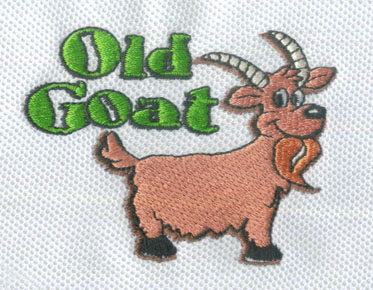The History And Evolution of Embroidery Digitizing
Embroidery digitizing, also known as file conversion, is the process of converting a design or artwork into a digital file that can be read by an embroidery machine. These resources are designed to help you find and choose a digitizing service provider.
The history of embroidery digitizing can be
traced back to the 1970s, when the first embroidery machines were introduced.
These early machines were mechanical and required the use of punched cards or
tape to input the design. This was a time-consuming and tedious process, and
the results were often imperfect due to the limitations of the technology.
In the 1980s, computer-aided design (CAD) software was developed, which allowed for greater control and precision in the design process. The first embroidery digitizing software was introduced in the 1990s, which allowed designers to create digital embroidery designs using a computer. This marked a significant advancement in the industry, as it made the design process faster and more efficient.
Over the years, embroidery digitizing technology has continued to evolve, with the introduction of more advanced software and improved embroidery machines. Today, it is possible to create highly detailed and complex embroidery designs using digitizing software, and embroidery machines are able to stitch these designs with a high level of accuracy.
In addition to improving efficiency,
embroidery digitizing has also made it easier for individuals and small
businesses to enter the embroidery market. Prior to the development of
digitizing software, it was necessary to have a special machine and a trained
operator to create embroidery designs. Now, with the availability of affordable
digitizing software and home embroidery machines, anyone with a computer and
some design skills can create and sell embroidered products.
Overall, the history of embroidery
digitizing is one of continuous technological advancement and innovation. From
the early days of punched cards and tape, to the sophisticated software and
machines available today, this technology has greatly impacted the embroidery
industry and has made it possible for individuals and businesses to create
high-quality embroidered products more easily and efficiently.


